Faye Abdellah is a celebrated nurse theorist, military nurse, and leader in nursing research. Get to know the major concepts of her “21 Nursing Problems” nursing theory, its application, and its impact on nursing.
Biography of Faye Glenn Abdellah
Faye Glenn Abdellah (March 13, 1919 – present) is a nursing research pioneer who developed the “Twenty-One Nursing Problems.” Her nursing model was progressive for the time in that it refers to a nursing diagnosis during a time in which nurses were taught that diagnoses were not part of their role in health care.
She was the first nurse officer to rank a two-star rear admiral, the first nurse, and the first woman to serve as a Deputy Surgeon General.
Early Life of Faye Abdellah
On March 13, 1919, Faye Abdellah was born in New York to a father of Algerian heritage and a Scottish mother. Her family subsequently moved to New Jersey, where she attended high school.
Years later, on May 6, 1937, the German hydrogen-fueled airship Hindenburg exploded over Lakehurst.
Abdellah and her brother witnessed the explosion, destruction, and fire after the ignited hydrogen killed many people. That incident became the turning point in Abdellah’s life. It was that time when she realized that she would never again be powerless to assist when people were in such a dire need of assistance. It was at that moment she vowed that she would learn to nurse and become a professional nurse.
Education
Faye Abdellah earned a nursing diploma from Fitkin Memorial Hospital’s School of Nursing, now known as Ann May School of Nursing.
It was sufficient to practice nursing during her time in the 1940s, but she believed that nursing care should be based on research, not hours of care.
Abdellah went on to earn three degrees from Columbia University: a bachelor of science degree in nursing in 1945, a master of arts degree in physiology in 1947, and a doctor of education degree in 1955.
With her advanced education, Abdellah could have chosen to become a doctor. However, as she explained in one of her interviews that she wanted to be an M.D. because she could do all she wanted to do in nursing, which is a caring profession.
Career and Appointments
As an Educator
In her early twenties, Faye Abdellah worked as a health nurse at a private school, and her first administrative position was on the faculty of Yale University from 1945-1949. At that time, she was required to teach a class called “120 Principles of Nursing Practice,” using a standard nursing textbook published by the National League for Nursing. The book included guidelines that had no scientific basis, which challenged Abdellah to explain everything she called the “brilliant” students.
After a year, Abdellah became so frustrated that she gathered her colleagues in the Yale courtyard and burned the textbooks. The next morning the school’s dean told her she would have to pay for the destroyed texts. It took a year for Abdellah to settle the debt, but she never regretted her actions because it started her on the long road to pursue the scientific basis of the nursing practice.
As a Researcher
In 1949, she met Lucile Petry Leone, the first Nurse Officer, and decided to join the Public Health Service. Her first assignment was with the division of nursing that focused on research and studies. They performed studies with numerous hospitals to improve nursing practice.
Abdellah was an advocate of degree programs for nursing. Diploma programs, she believes, were never meant to prepare nurses at the professional level. Nursing education, she argued, should be based on research; she herself became among the first in her role as an educator to focus on theory and research. Her first studies were qualitative; they simply described situations. As her career progressed, her research evolved to include physiology, chemistry, and behavioral sciences.
In 1957, Abdellah spearheaded a research team in Manchester, Connecticut, that established the groundwork for what became known as progressive patient care. In this framework, critical care patients were treated in an intensive care unit, followed by a transition to immediate care and then home care. The first two segments of the care program proved very popular within the caregiver profession. Abdellah is also credited with developing the first nationally tested coronary care unit as an outgrowth of her work in Manchester.
Home care, which is the third phase of the progressive patient care equation, was not widely accepted in the mid-twentieth century. Abdellah explained that people at the time kept saying home care would mean having a maid or a nurse in everyone’s home. They could not figure out that home care with nurses teaching self-care would help patients regain independent function. Forty years later, home care had become an essential part of long-term health care.
Established Nursing Standards
In another innovation within her field, Abdellah developed the Patient Assessment of Care Evaluation (PACE), a system of standards used to measure the relative quality of individual health-care facilities that were still used in the healthcare industry into the 21st century. She was also one of the first people in the healthcare industry to develop a classification system for patient care and patient-oriented records.
Classification systems have evolved in different ways within the health-care industry, and Abdellah’s work was foundational in developing the most widely used form: Diagnostic related groups, or DRGs. DRGs, which became the standard coding system used by Medicare, categorize patients according to particular primary and secondary diagnoses. This system keeps health-care costs down because each DRG code includes the maximum amount Medicare will payout for a specific diagnosis or procedure while also taking into account patient age and length of stay in a healthcare facility. Providers are given an incentive to keep costs down because they only realize a profit if costs are less than the amount specified by the relevant DRG category.
Military Nursing Service
During her 40-year career as a Commissioned Officer in the U.S. Public Health Service from 1949 to 1989, Abdellah was assigned to work with the Korean people during the Korean War. As a senior officer, she was alternatively assigned to Japan, China, Russia, Australia, and the Scandinavian countries to identify the Public Health Service’s role in dealing with various health problems. She was able to assist and initiate, in an advisory role, numerous studies in those countries.

She served as Chief Nurse Officer from 1970 to 1987 and was the first nurse to achieve the rank of a two-star Flag Officer named by U.S. Surgeon General C. Everett Koop as the first woman and nurse Deputy Surgeon General from 1982 to 1989. After retirement, Abdellah founded and served as the first dean in the Graduate School of Nursing, GSN, Uniformed Services University of the Health Sciences (USUHS).
Abdellah’s Typology of 21 Nursing Problems
Faye Abdellah is well known for developing the “Twenty-One Nursing Problems Theory” that has interrelated the concepts of health, nursing problems, and problem-solving.
She views nursing as an art and a science that molds the attitude, intellectual competencies, and technical skills of the individual nurse into the desire and ability to help individuals cope with their health needs, whether they are ill or well.
She used Henderson’s 14 basic human needs and nursing research to establish the classification of nursing problems.
Faye Abdellah’s theory is further discussed below.
Works
As a consultant and educator, Faye Abdellah shared her nursing theories with caregivers around the world. She led seminars in France, Portugal, Israel, Japan, China, New Zealand, Australia, and the former Soviet Union. She also served as a research consultant to the World Health Organization. From her global perspective, Abdellah learned to appreciate nontraditional and complementary medical treatments and developed the belief such non-Western treatments deserved scientific research.

Also, she has been active in professional nursing associations and is a prolific author, with more than 150 publications. Her publications include Better Nursing Care Through Nursing Research and Patient-Centered Approaches to Nursing. She also developed educational materials in many areas of public health, including AIDS, hospice care, and drug addiction.
Abdellah considers her greatest accomplishment being able to “play a role in establishing a foundation for nursing research as a science.” Her book, Patient-Centered Approaches to Nursing, emphasizes nursing science and has elicited changes throughout nursing curricula. Her work, which is based on the problem-solving method, serves as a vehicle for delineating nursing (patient) problems as the patient moves toward a healthy outcome.
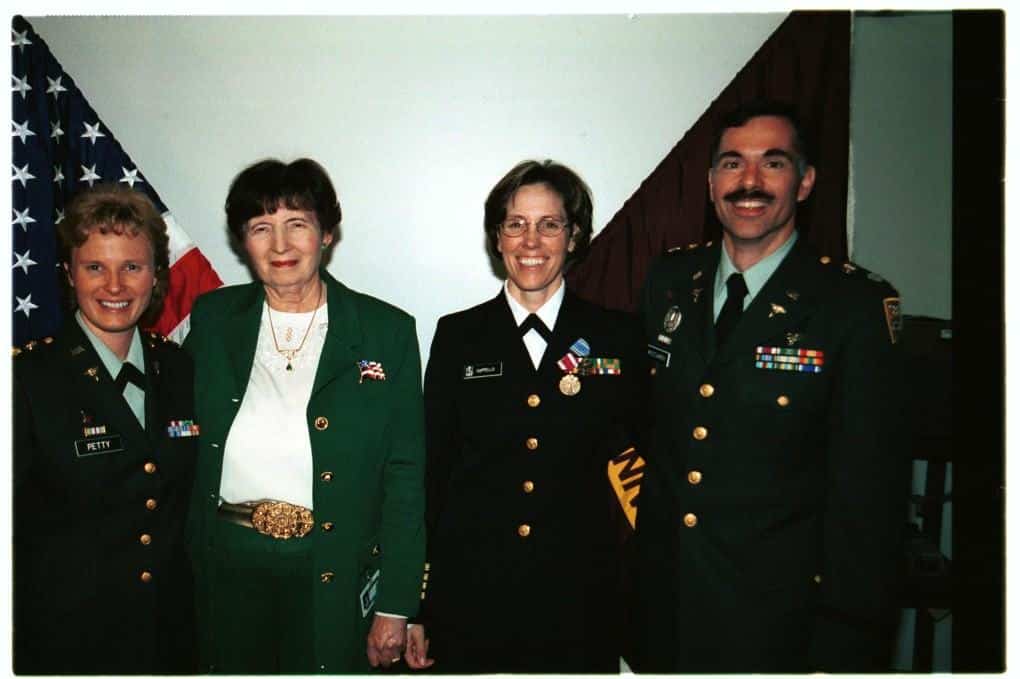
Additional works written by Abdellah include: Preparing Nursing Research for the 21st Century: Evolution, Methodologies, Challenges; New directions in Patient-Centered Nursing: Guidelines for Systems of Service, Education, and Research; Effect of Nurse Staffing on Satisfactions with Nursing Care: A Study of How Omissions in Nursing Services, as Perceived by Patients and Personnel, Are Influenced by the Number of Nursing Hours Available; Patients and Personnel Speak, A Method of Studying Patient Care in Hospitals; Appraising the Clinical Resources in Small Hospitals; Nursing’s Role in the Future: The Case for Health Policy Decision Making; Overview of Nursing Research, 1955-1968; Surgeon General’s Workshop, Health Promotion, and Aging proceedings. March 20-23, 1988; and Words of Wisdom from Pivotal Nurse Leaders.
Awards and Honors
Faye Abdellah is recognized as a leader in nursing research and nursing as a profession within the Public Health Service (PHS) and as an international expert on health problems. She was named a “living legend” by the American Academy of Nursing in 1994 and was inducted into the National Women’s Hall of Fame in 2000 for a lifetime spent establishing and leading essential health care programs for the United States. In 2012, Abdellah was inducted into the American Nurses Association Hall of Fame for a lifetime of contributions to nursing.
Her contributions to nursing and public health have been recognized with almost 90 professional and academic honors, such as the Allied Signal Achievement Award for pioneering research in aging and Sigma Theta Tau’s Lifetime Achievement Award.
Abdellah’s leadership, her publications, and her lifelong contributions have set a new standard for nursing and health care. Her legacy of more than 60 years of extraordinary accomplishments lives nationally and globally.
Aside from being the first nurse and the first woman to serve as a Deputy Surgeon General, Faye Glenn Abdellah also made a name in the nursing profession to formulate her “21 Nursing Problems Theory.” Her theory changed the focus of nursing from disease-centered to patient-centered and began to include the care of families and the elderly in nursing care. The Patient Assessment of Care Evaluation developed by Abdellah is now the standard used in the United States.
Abdellah’s 21 Nursing Problems Theory
According to Faye Glenn Abdellah’s theory, “Nursing is based on an art and science that molds the attitudes, intellectual competencies, and technical skills of the individual nurse into the desire and ability to help people, sick or well, cope with their health needs.”
The patient-centered approach to nursing was developed from Abdellah’s practice, and the theory is considered a human needs theory. It was formulated to be an instrument for nursing education, so it most suitable and useful in that field. The nursing model is intended to guide care in hospital institutions but can also be applied to community health nursing, as well.
Assumptions
The assumptions Abdellah’s “21 Nursing Problems Theory” relate to change and anticipated changes that affect nursing; the need to appreciate the interconnectedness of social enterprises and social problems; the impact of problems such as poverty, racism, pollution, education, and so forth on health and health care delivery; changing nursing education; continuing education for professional nurses; and development of nursing leaders from underserved groups.
- Learn to know the patient.
- Sort out relevant and significant data.
- Make generalizations about available data concerning similar nursing problems presented by other patients.
- Identify the therapeutic plan.
- Test generalizations with the patient and make additional generalizations.
- Validate the patient’s conclusions about his nursing problems.
- Continue to observe and evaluate the patient over a period of time to identify any attitudes and clues affecting this behavior.
- Explore the patient’s and family’s reaction to the therapeutic plan and involve them in the plan.
- Identify how the nurse feels about the patient’s nursing problems.
- Discuss and develop a comprehensive nursing care plan.
Major Concepts of 21 Nursing Problems Theory
The model has interrelated concepts of health and nursing problems and problem-solving, which is inherently logical in nature.
Individual
She describes nursing recipients as individuals (and families), although she does not delineate her beliefs or assumptions about the nature of human beings.
Health
Health, or the achieving of it, is the purpose of nursing services. Although Abdellah does not define health, she speaks to “total health needs” and “a healthy state of mind and body.”
Health may be defined as the dynamic pattern of functioning whereby there is a continued interaction with internal and external forces that results in the optimal use of necessary resources to minimize vulnerabilities.
Society
Society is included in “planning for optimum health on local, state, and international levels.” However, as Abdellah further delineates her ideas, the focus of nursing service is clearly the individual.
Nursing Problems
The client’s health needs can be viewed as problems, overt as an apparent condition, or covert as a hidden or concealed one.
Because covert problems can be emotional, sociological, and interpersonal in nature, they are often missed or misunderstood. Yet, in many instances, solving the covert problems may solve the overt problems as well.
Problem Solving
Quality professional nursing care requires that nurses be able to identify and solve overt and covert nursing problems. The problem-solving process can meet these requirements by identifying the problem, selecting pertinent data, formulating hypotheses, testing hypotheses through collecting data, and revising hypotheses when necessary based on conclusions obtained from the data.
Subconcepts
The following are the subconcepts of Faye Abdellah’s “21 Nursing Problems” theory and their definitions.
Abdellah’s Typology of 21 Nursing Problems

The 21 nursing problems fall into three categories: physical, sociological, and emotional needs of patients; types of interpersonal relationships between the patient and nurse; and common elements of patient care. She used Henderson’s 14 basic human needs and nursing research to establish the classification of nursing problems. Abdellah’s 21 Nursing Problems are the following:
- To maintain good hygiene and physical comfort.
- To promote optimal activity: exercise, rest, sleep
- To promote safety by preventing accidents, injuries, or other trauma and preventing the spread of infection.
- To maintain good body mechanics and prevent and correct the deformity.
- To facilitate the maintenance of a supply of oxygen to all body cells.
- To facilitate the maintenance of nutrition for all body cells.
- To facilitate the maintenance of elimination.
- To facilitate the maintenance of fluid and electrolyte balance.
- To recognize the physiologic responses of the body to disease conditions—pathologic, physiologic, and compensatory.
- To facilitate the maintenance of regulatory mechanisms and functions.
- To facilitate the maintenance of sensory function.
- To identify and accept positive and negative expressions, feelings, and reactions.
- To identify and accept interrelatedness of emotions and organic illness.
- To facilitate the maintenance of effective verbal and nonverbal communication.
- To promote the development of productive interpersonal relationships.
- To facilitate progress toward achievement and personal spiritual goals.
- To create or maintain a therapeutic environment.
- To facilitate awareness of self as an individual with varying physical, emotional, and developmental needs.
- To accept the optimum possible goals in the light of limitations, physical and emotional.
- To use community resources as an aid in resolving problems that arise from an illness.
- To understand the role of social problems as influencing factors in the cause of illness.
Moreover, patients’ needs are further divided into four categories: basic to all patients, sustenance care needs, remedial care needs, and restorative care needs.
Basic Needs
The basic needs of an individual patient are to maintain good hygiene and physical comfort; promote optimal health through healthy activities, such as exercise, rest, and sleep; promote safety through the prevention of health hazards like accidents, injury, or other trauma and the prevention of the spread of infection; and maintain good body mechanics and prevent or correct deformity.
Sustenal Care Needs
Sustenal care needs to facilitate the maintenance of a supply of oxygen to all body cells; facilitate the maintenance of nutrition of all body cells; facilitate the maintenance of elimination; facilitate the maintenance of fluid and electrolyte balance; recognize the physiological responses of the body to disease conditions; facilitate the maintenance of regulatory mechanisms and functions, and facilitate the maintenance of sensory function.
Remedial Care Needs
Remedial care needs to identify and accept positive and negative expressions, feelings, and reactions; identify and accept the interrelatedness of emotions and organic illness; facilitate the maintenance of effective verbal and non-verbal communication; promote the development of productive interpersonal relationships; facilitate progress toward achievement of personal spiritual goals; create and maintain a therapeutic environment; and facilitate awareness of the self as an individual with varying physical, emotional, and developmental needs.
Restorative Care Needs
Restorative care needs include the acceptance of the optimum possible goals in light of limitations, both physical and emotional; the use of community resources as an aid to resolving problems that arise from an illness; and the understanding of the role of social problems as influential factors in the case of illness.
Abdellah’s work, based on the problem-solving method, serves as a vehicle for delineating nursing (patient) problems as the patient moves toward a healthy outcome. The theory identifies ten steps to identify the patient’s problem and 11 nursing skills to develop a treatment typology.
The ten steps are:
- Learn to know the patient.
- Sort out relevant and significant data.
- Make generalizations about available data concerning similar nursing problems presented by other patients.
- Identify the therapeutic plan.
- Test generalizations with the patient and make additional generalizations.
- Validate the patient’s conclusions about his nursing problems.
- Continue to observe and evaluate the patient over a period of time to identify any attitudes and clues affecting his or her behavior.
- Explore the patient and their family’s reactions to the therapeutic plan and involve them in the plan.
- Identify how the nurses feel about the patient’s nursing problems.
- Discuss and develop a comprehensive nursing care plan.
The 11 nursing skills are:
- observation of health status
- skills of communication
- application of knowledge
- the teaching of patients and families
- planning and organization of work
- use of resource materials
- use of personnel resources
- problem-solving
- the direction of work of others
- therapeutic uses of the self
- nursing procedure
Abdellah also explained nursing as a comprehensive service, which includes:
- Recognizing the nursing problems of the patient
- Deciding the appropriate course of action to take in terms of relevant nursing principles
- Providing continuous care of the individual’s total needs
- Providing continuous care to relieve pain and discomfort and provide immediate security for the individual
- Adjusting the total nursing care plan to meet the patient’s individual needs
- Helping the individual to become more self-directing in attaining or maintaining a healthy state of body and mind
- Instructing nursing personnel and family to help the individual do for himself that which he can within his limitations
- Helping the individual to adjust to his limitations and emotional problems
- Working with allied health professions in planning for optimum health on local, state, national, and international levels
- Carrying out continuous evaluation and research to improve nursing techniques and to develop new techniques to meet people’s health needs
Patient-Centered Approaches to Nursing
Faye Abdellah’s work is a set of problems formulated in terms of nursing-centered services used to determine the patient’s needs. The nursing-centered orientation to client care appears to be contradicting the client-centered approach that Abdellah professes to support. This can be observed by her desire to move away from a disease-centered orientation.

In her attempt to bring the nursing practice to its proper relationship with restorative and preventive measures for meeting total client needs, she seems to swing the pendulum to the opposite pole, from the disease orientation to nursing orientation, while leaving the client somewhere in the middle.
21 Nursing Problems and The Nursing Process
The nursing process in Abdellah’s theory includes assessment, nursing diagnosis, planning, implementation, and evaluation.
In the assessment phase, the nursing problems implement a standard procedure for data collection. A principle underlying the problem-solving approach is that for each identified problem, pertinent data is collected. The overt or covert nature of problems necessitates a direct or indirect approach, respectively.
The outcome of the collection of data in the first phase concludes the patient’s possible problems, which can be grouped under one or more of the broader nursing problems. This will further lead to the nursing diagnosis.
After formulating the diagnosis, a nursing care plan is developed, and appropriate nursing interventions are determined. The nurse now sets those interventions in action, which complete the implementation phase of the nursing process.
The evaluation takes place after the interventions have been carried out. The most convenient evaluation would be the nurse’s progress or lack of progress toward achieving the goals established in the planning phase.
Analysis
With Faye Abdellah’s aim in formulating a clear categorization of patient’s problems as health needs, she rather conceptualized nurses’ actions in nursing care, which is contrary to her aim. Nurses’ roles were defined to alleviate the problems assessed through the proposed problem-solving approach.
The problem-solving approach introduced by Abdellah has the advantage of increasing the nurse’s critical and analytical thinking skills since the care to be provided would be based on sound assessment and validation of findings.
One can identify that the framework is strongly applied to individuals as the focus of nursing care. The inclusion of an aggregate of people such as the community or society would make the theory of Abdellah more generalizable since nurses do not only provide one-person service, especially now that the community healthcare level is sought to have higher importance than curative efforts in the hospital.
Strengths
The following are the strengths of Faye Abdellah’s “21 Nursing Problems” theory.
- The problem-solving approach is readily generalizable to the client with specific health needs and specific nursing problems.
- With the model’s nature, healthcare providers and practitioners can use Abdellah’s problem-solving approach to guide various activities within the clinical setting. This is true when considering a nursing practice that deals with clients with specific needs and specific nursing problems.
- The language of Faye Abdellah’s framework is simple and easy to comprehend.
- The theoretical statement greatly focuses on problem-solving, an activity that is inherently logical in nature.
Weaknesses
The following are the limitations of Faye Abdellah’s “21 Nursing Problems” theory.
- The major limitation to Abdellah’s theory and the 21 nursing problems is their robust nurse-centered orientation. She rather conceptualized nurses’ actions in nursing care which is contrary to her aim.
- Another point is the lack of emphasis on what the client is to achieve was given in client care.
- The framework seems to focus quite heavily on nursing practice and individuals. This somewhat limits the generalizing ability, although the problem-solving approach is readily generalizable to clients with specific health needs and specific nursing.
- Also, Abdellah’s framework is inconsistent with the concept of holism. The nature of the 21 nursing problems attests to this. As a result, the client may be diagnosed with numerous problems leading to fractionalized care efforts. Potential problems might be overlooked because the client is not deemed to be in a particular illness stage.
Conclusion
Abdellah’s typology of 21 nursing problems is a conceptual model mainly concerned with patient’s needs and nurses’ role in problem identification using a problem analysis approach.
According to the model, patients are described as having physical, emotional, and sociological needs. People are also the only justification for the existence of nursing. Without people, nursing would not be a profession since they are the recipients of nursing.
Patient-centered approaches to nursing health are described as a state mutually exclusive of illness. Abdellah does not define health but speaks to “total health needs” and “a healthy state of mind and body” in her nursing description.
However, Abdellah rather conceptualized nurses’ actions in nursing care, contrary to her aim of formulating a clear categorization of patients’ problems as health needs. Nurses’ roles were defined to alleviate the problems assessed through the proposed problem-solving approach.
As a whole, the theory is intended to guide care not just in the hospital setting but can also be applied to community nursing, as well. The model has interrelated concepts of health and nursing problems and problem-solving, which is inherently logical in nature.
Furthermore, the 21 nursing problems progressed to a second-generation development referred to as patient problems and patient outcomes. Abdellah educated the public on AIDS, drug addiction, violence, smoking, and alcoholism. Her work is a problem-centered approach or philosophy of nursing.
Recommended Resources
Recommended books and resources to learn more about nursing theory:
Disclosure: Included below are affiliate links from Amazon at no additional cost from you. We may earn a small commission from your purchase. For more information, check out our privacy policy.
- Nursing Theorists and Their Work (10th Edition) by Alligood
Nursing Theorists and Their Work, 10th Edition provides a clear, in-depth look at nursing theories of historical and international significance. Each chapter presents a key nursing theory or philosophy, showing how systematic theoretical evidence can enhance decision making, professionalism, and quality of care. - Knowledge Development in Nursing: Theory and Process (11th Edition)
Use the five patterns of knowing to help you develop sound clinical judgment. This edition reflects the latest thinking in nursing knowledge development and adds emphasis to real-world application. The content in this edition aligns with the new 2021 AACN Essentials for Nursing Education. - Nursing Knowledge and Theory Innovation, Second Edition: Advancing the Science of Practice (2nd Edition)
This text for graduate-level nursing students focuses on the science and philosophy of nursing knowledge development. It is distinguished by its focus on practical applications of theory for scholarly, evidence-based approaches. The second edition features important updates and a reorganization of information to better highlight the roles of theory and major philosophical perspectives. - Nursing Theories and Nursing Practice (5th Edition)
The only nursing research and theory book with primary works by the original theorists. Explore the historical and contemporary theories that are the foundation of nursing practice today. The 5th Edition, continues to meet the needs of today’s students with an expanded focus on the middle range theories and practice models. - Strategies for Theory Construction in Nursing (6th Edition)
The clearest, most useful introduction to theory development methods. Reflecting vast changes in nursing practice, it covers advances both in theory development and in strategies for concept, statement, and theory development. It also builds further connections between nursing theory and evidence-based practice. - Middle Range Theory for Nursing (4th Edition)
This nursing book’s ability to break down complex ideas is part of what made this book a three-time recipient of the AJN Book of the Year award. This edition includes five completely new chapters of content essential for nursing books. New exemplars linking middle range theory to advanced nursing practice make it even more useful and expand the content to make it better. - Nursing Research: Methods and Critical Appraisal for Evidence-Based Practice
This book offers balanced coverage of both qualitative and quantitative research methodologies. This edition features new content on trending topics, including the Next-Generation NCLEX® Exam (NGN). - Nursing Research (11th Edition)
AJN award-winning authors Denise Polit and Cheryl Beck detail the latest methodologic innovations in nursing, medicine, and the social sciences. The updated 11th Edition adds two new chapters designed to help students ensure the accuracy and effectiveness of research methods. Extensively revised content throughout strengthens students’ ability to locate and rank clinical evidence.
See Also
Recommended site resources related to nursing theory:
- Nursing Theories and Theorists: The Definitive Guide for Nurses MUST READ!
In this guide for nursing theories, we aim to help you understand what comprises a nursing theory and its importance, purpose, history, types or classifications, and give you an overview through summaries of selected nursing theories.
Other resources related to nursing theory:
- Betty Neuman: Neuman Systems Model
- Dorothea Orem: Self-Care Deficit Theory
- Dorothy Johnson: Behavioral System Model
- Faye Abdellah: 21 Nursing Problems Theory
- Florence Nightingale: Environmental Theory
- Hildegard Peplau: Interpersonal Relations Theory
- Ida Jean Orlando: Deliberative Nursing Process Theory
- Imogene King: Theory of Goal Attainment
- Jean Watson: Theory of Human Caring
- Lydia Hall: Care, Cure, Core Nursing Theory
- Madeleine Leininger: Transcultural Nursing Theory
- Martha Rogers: Science of Unitary Human Beings
- Myra Estrin Levine: The Conservation Model of Nursing
- Nola Pender: Health Promotion Model
- Sister Callista Roy: Adaptation Model of Nursing
- Virginia Henderson: Nursing Need Theory
References
- Abdellah, F.G. The federal role in nursing education. Nursing outlook. 1987, 35(5),224-225.
- Abdellah, F.G. Public policy impacting on nursing care of older adults. In E.M. Baines (Ed.), perspectives on gerontological nursing. Newbury, CA: Sage publications. 1991.
- Abdellah, F.G., & Levine, E. Preparing nursing research for the 21st century. New York: Springer. 1994.
- Abdellah, F.G., Beland, I.L., Martin, A., & Matheney, R.V. Patient-centered approaches to nursing (2nd ed.). New York: Mac Millan. 1968.
- Abdellah, F.G. Evolution of nursing as a profession: perspective on manpower development. International Nursing Review, 1972); 19, 3..
- Abdellah, F.G.). The nature of nursing science. In L.H. Nicholl (Ed.), perspectives on nursing theory. Boston: Little, Brown, 1986.
- Craddock, J. (2013). Encyclopedia of world biography supplement. Detroit, Mich.: Gale. https://www.encyclopedia.com/doc/1G2-3435000010.html
External Links
- Better Patient Care Through Nursing Research
- Preparing Nursing Research for the 21st Century: Evolution, Methodologies, Challenges
With contributions by Wayne, G. (for Biography), Vera, M.



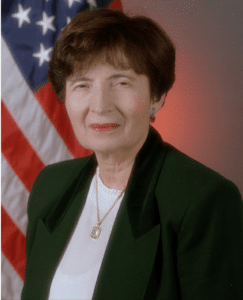
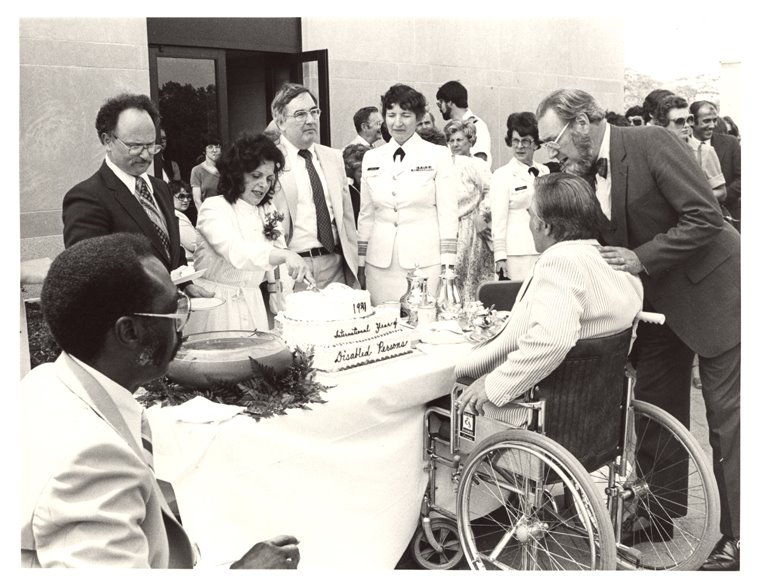







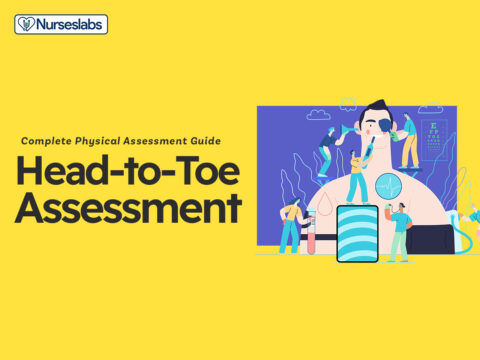








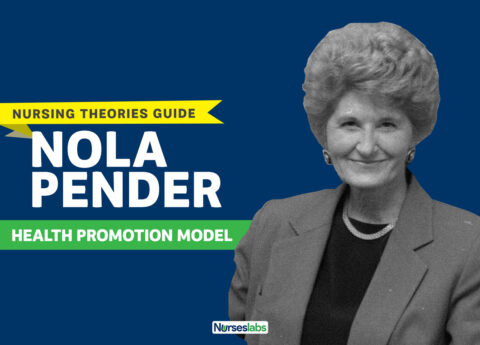













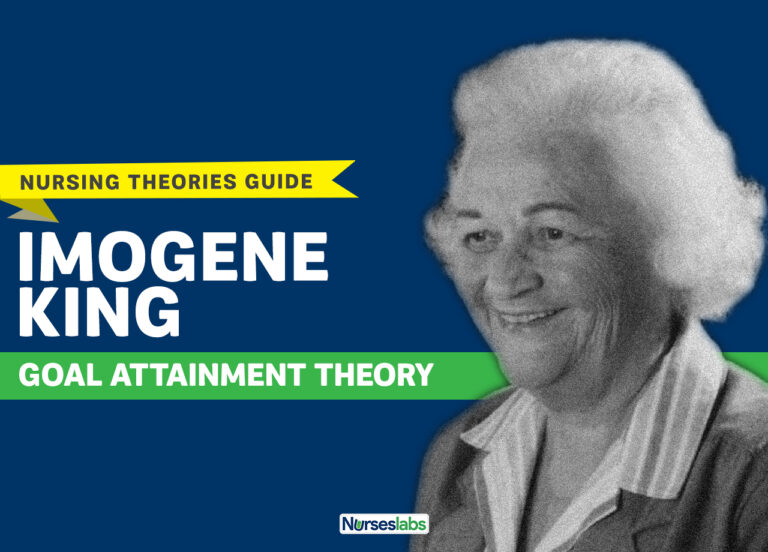

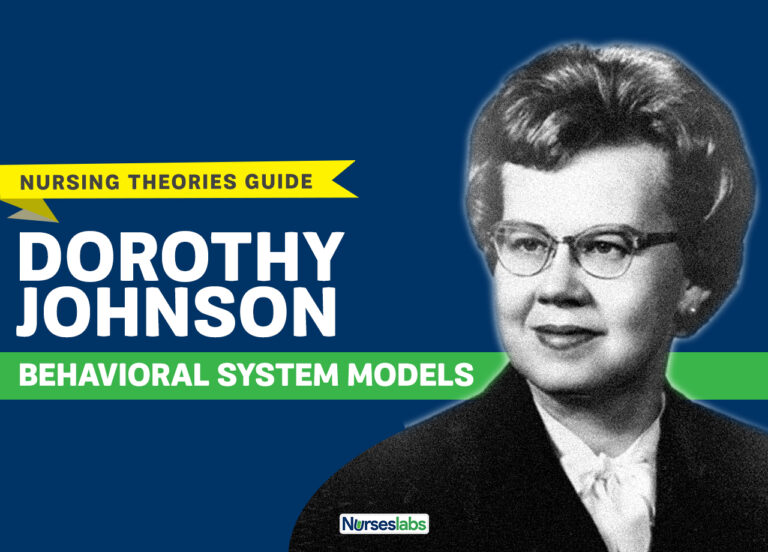








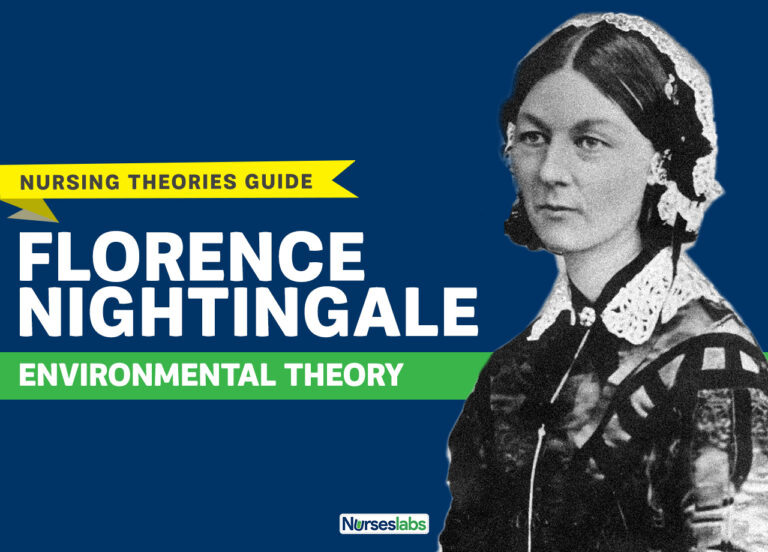
Leave a Comment